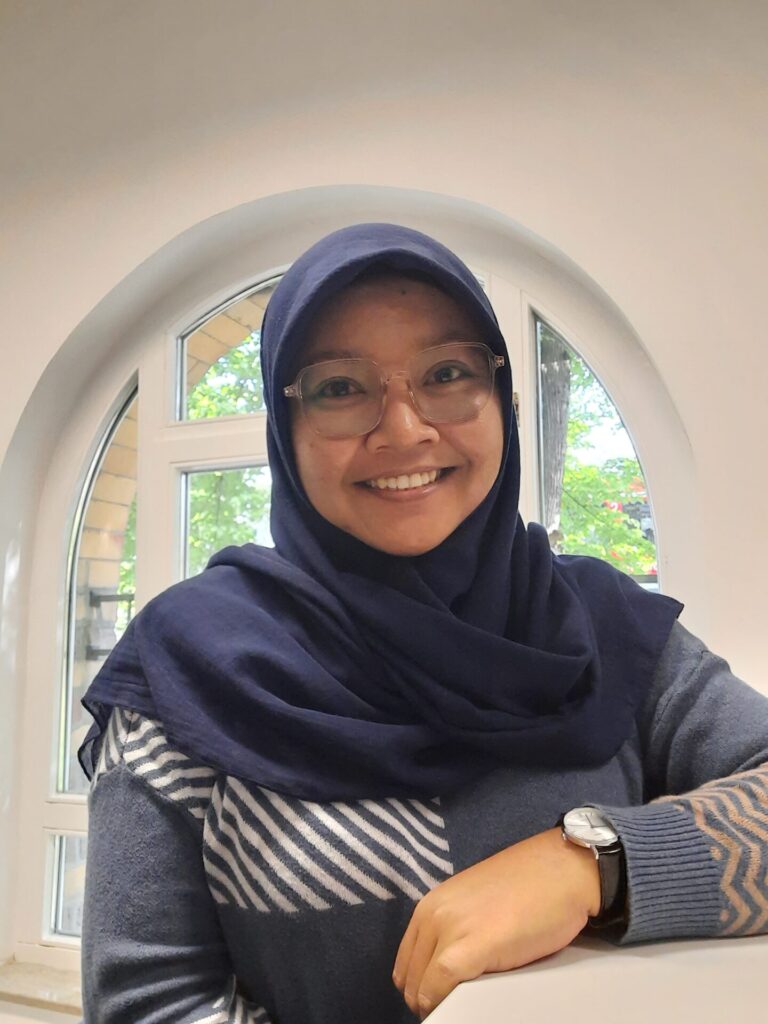- Project 1 - Overview
Showcasing the Wild: Commodification and Standardization in Tropical Freshwater Fish Value Chains – Current and Historical Perspectives
The project investigates the transformation of tropical freshwater fish, a piece of ‘exotic or authentic wilderness’, into tradeable ornamental commodities and its social and environmental externalities. It combines historical and contemporary viewpoints to study two different types of value chains holistically:
- farm-raised fish (Singapore, Indonesia, Malaysia), and
- fish caught in the wild (Lake Malawi or Lake Tanganyika)
Ornamental Fish History and Trade
From symbols of wealth in ponds to diverse home displays, keeping ornamental fish has thrived for centuries. The invention of the aquarium, fueled by glassmaking advances in 1832, brought a miniaturized wilderness indoors. More and more enthusiasts then created a self-sustaining aquarium with diverse fish and plant life. This growth in popularity spurred the rise of a professionalized global trade in tropical fish. Exports from developing countries in the Global South, standardized practices, and major importing hubs like Germany now dominate this flourishing industry.
More-Than-Human Perspective
High demand for popular fish species creates a ripple effect, fueling overfishing, altering habitat, and ultimately harming ecosystems. While captive breeding has emerged as a more sustainable practice, some challenges remain. Breeding, harvesting, temporary holding, and packing standards are rarely focused on ornamental fish. Overcrowded containers, poor temperature and oxygen control, and careless handling during transport often cause high mortality rates. This need for more sustainable practices and responsible management necessitates a broader perspective.
This project thus goes beyond monocentric views, examining the ornamental fish trade through both human (anthropocentric) and fish perspectives (multi-species). It recognizes human decisions, economics, and power as the primary forces driving the industry. However, it also acknowledges that fish biology is intricately involved. The specific characteristics and resilience of different species determine how they are caught, transported, and fare in captivity.
- Tropical Freshwater Fish Value Chains
Two Work Packages
Building on the more-than-human perspective, the project is divided into two work packages.
Work Package 1: The Ornamental Fish Trade
WP 1 investigates fish commodification, global value chains, product and process standardization, effects of fish characteristics on practices and regulations along the chains, and discussion and negotiation of social and environmental externalities in the industry.
Work Package 2: The Ornamental Fish Value Chains
WP 2 addresses to what extent the understanding of tropical fish has shifted from something ‘wild’ and ‘authentic’ to domesticated pets in the Global North since the 1900s to date and how the trade in tropical ornamental fish has changed.
Involved Members

Prof. Dr. Boris Braun
Institute of Geography, University of Cologne
Principal Investigator: Showcasing the Wild: Commodification and Standardization in Tropical Freshwater Fish Value Chains – Current and Historical Perspectives
Prof. Dr. Boris Braun
Boris Braun holds a chair in human and economic geography. His main areas of interest are the relationship between economy and ecology, the social and economic impacts of climate change as well as regional development and the consequences of globalisation for the Global South.
Research interests: Environmental Economic Geography, Environmental Management, Industrial and Urban Change, Environmental and Social Impacts of Globalization, Southern and Southeastern Asia, West Africa, Australia, Germany, and Western Europe
Email: boris.braun@uni-koeln.de
Tel.: +49 221 470 4141

Ajeng Larasati (M.Sc.)
Doctoral Researcher: Showcasing the Wild: Commodification and Standardization in Tropical Freshwater Fish Value Chains – Current and Historical Perspectives
Project Manager of Work Package I – The Ornamental Fish Trade
Ajeng Larasati (M.Sc.)
Research interests: Environmental Economic Geography, North-South Relations, Risk Communication and Community Engagement, Disaster Risk Reduction, Southeastern Asia, Western Europe
Contact: a.larasati@uni-koeln.de

Edward Ofori-Annor (M.A.)
Doctoral Researcher: Showcasing the Wild: Commodification and Standardization in Tropical Freshwater Fish Value Chains – Current and Historical Perspectives
Project Manager of Work Package II: Ornamental Fish Value Chains
Edward Ofori-Annor (M.A.)
Research interests: Human and Economic Geography, Historical Geography, Global North-South relations, Value Chain Analysis, Sub-Saharan Africa
Contact: eoforia1@uni-koeln.de